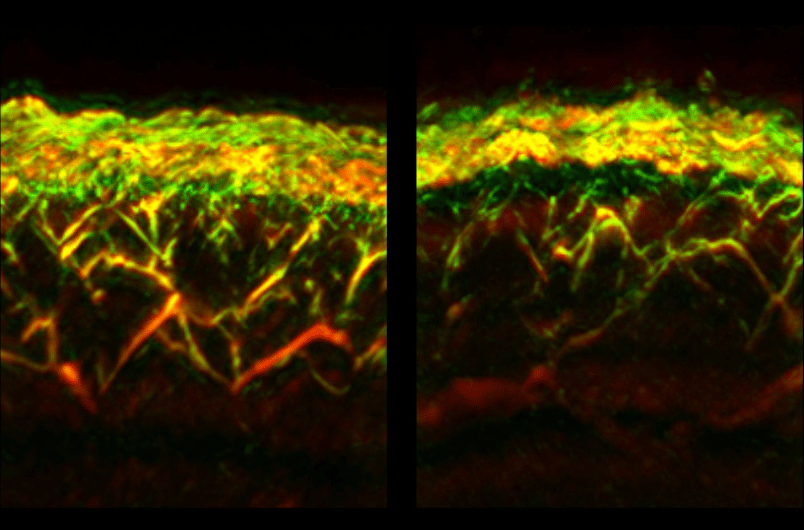
Thank you for joining us today as we explore the latest news and coolest tools in the AI space. Shall we dig in? 🍽️
🤯 MYSTERY AI LINK 🤯
(The mystery link can lead to ANYTHING AI related. Tools, memes, articles, videos, and more…)
Today’s Menu
Appetizer: AI is being used to train Olympic athletes 🏃♀️
Entrée: Google admits Gemini demo was fake 😳
Dessert: AI revolutionizes diabetes monitoring 🙌
🔨 AI TOOLS OF THE DAY
📞 AnyCall: Answer any call with AI (join the waitlist). → check it out
🤖 Ansy: A GPT-3 chatbot that can be added to any Discord server to help answer questions within your community and answer FAQs for newcomers in your server. → check it out
😁 TryEmoji: Turn emojis into amazing artwork. → check it out
AI IS BEING USED TO TRAIN OLYMPIC ATHLETES 🏃♀️

We might see a record of new records in this upcoming Olympics, thanks to AI. 🤯
What’s going on? With the 2024 Paris Games approaching, Olympic hopefuls are riding the wave of technological advancements, as AI is now a key player in training regimens, providing coaches with unparalleled insights into athletes’ performances.
How is AI being used? U.S. Surfing has partnered with Microsoft, utilizing AI tools to analyze digital videos of surfers, providing valuable insights into body movement, surfboard dynamics, and wave conditions. U.S. Soccer is using AI to instantly analyze player movements, ball positions, and injury risks. AI-powered “digital twin technology” is also emerging for elite training, exemplified by Tata Consultancy Services’ creation of a digital twin heart for two-time Olympic marathoner Des Linden. This AI-analyzed replica simulates Linden’s physiological parameters, allowing for personalized and efficient training adjustments. Even in diet planning, AI plays a role, as demonstrated by the U.S. Olympic and Paralympic Committee’s use of the Notemeal app, streamlining the process of generating individualized meal plans for elite athletes.
“Let’s just personalize the heck out of training and make sure we’re getting the maximum gains without setbacks from overworking.”
What does this mean? The integration of AI into sports training reflects a paradigm shift, where coaches, trainers, and athletes leverage cutting-edge technology to optimize performance, prevent injuries, and fine-tune training regimens, ushering in an era where personalized, data-driven insights propel athletes to new heights of achievement.
GOOGLE ADMITS GEMINI DEMO WAS FAKE 😳
Google is in HOT water … so hot that it would burn your French fries to a crisp! 😵💫
What happened? Google’s Gemini demo, boasting a seemingly remarkable interaction between the new AI model and real-time spoken-word prompts, has garnered attention with 1.6+ million views on YouTube. However, Google has admitted the video might just be a little too good to be true.
How was the video deceiving? The video showcases the AI identifying objects and even creating a game idea based on a world map. However, Google clarified that the AI didn’t spontaneously generate the game. The AI wasn’t responding to voice or video but was prompted using still image frames and text. Google also admitted that they had accelerated the AI’s responses for the “sake of the demonstration.”
What’s the significance? Google’s Gemini launch was supposed to be delayed to allow for further testing and development, but due to pressures from financial backers, Google was forced to release the project according to the original schedule. The result could be disastrous, as the model might not be ready to meet the hype.
AI REVOLUTIONIZES DIABETES MONITORING 🙌

RSOM images of the skin of a non-diabetic volunteer (left) and a patient with diabetes (right). Photo: Nikoletta Katsouli, TUM (Source: The Mirage)
Diabetes monitoring is getting an AI boost! 💪
What’s new? Researchers at the Technical University of Munich (TUM) and Helmholtz Munich have pioneered a groundbreaking method which uses AI image analysis to assess the severity of diabetes by measuring microvascular changes in the skin.
How does it work? Combining AI with high-resolution optoacoustic imaging technology, the team utilized RSOM (Raster-Scan Optoacoustic Mesoscopy) to study blood vessels in the legs of 75 diabetics and a control group. RSOM’s non-invasive approach, taking less than a minute and without the need for radiation or contrast agents, revealed 32 significant changes in the skin microvasculature appearance linked to diabetes. Impressively, RSOM provided depth and detail unparalleled by other optical methods. It further uncovered distinct impacts on vessels at different skin layers, offering a comprehensive understanding of the disease’s progression. The study’s innovative aspect lies in combining these features into a comprehensive score, allowing for the first time a quantitative description of diabetes effects.
Why is this significant? With the potential for portable and cost-effective RSOM devices, this development could revolutionize diabetes monitoring, enabling swift, painless assessments even in home environments, benefiting the more than 400 million people worldwide affected by the condition.
TWITTER (X) TUESDAY 🐦
HAS AI REACHED SINGULARITY? CHECK OUT THE FRY METER BELOW

The Singularity Meter drops a whopping 12%: The EU becomes the very first continent to set clear rules for the use of AI.